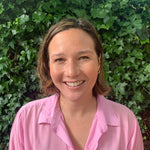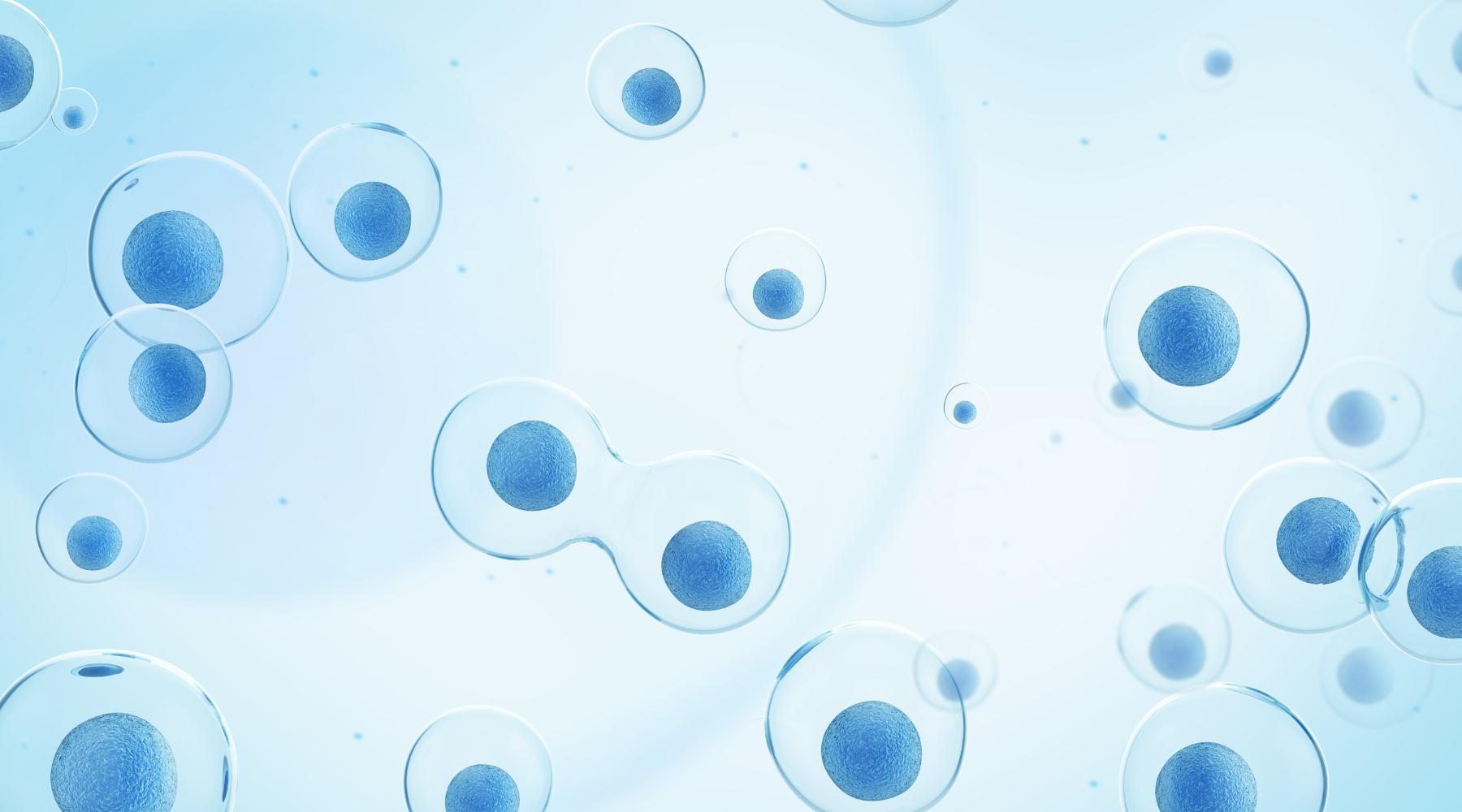Altered communication
As he has grown older, my grandfather has progressively lost his hearing. Now sporting a pair of hearing aids, he has the ability to listen when he wants…and not listen when he isn’t in the mood. He is known to simply turn off his hearing aid when he doesn’t want to be bothered or when a book is in his hands. And, he is utterly overwhelmed by too much noise or too many people speaking at once. Needless to say, this has changed how he communicates with people.
Not unlike this change, as people (and their cells) age, the communication between their cells change. Although the cells aren’t deciding not to communicate, the communication becomes deregulated particularly as inflammatory reactions and “noise” increase.
Interconnectedness of the Hallmarks
In the original Hallmarks of Aging (2013), Lopez-Otin et al include inflammation as one of the contributors to their final hallmark of aging, altered intercellular communication. In their update to the Hallmarks (2023), inflammation is a hallmark in its own right. Of course, all the hallmarks are interrelated and contribute to the effects of overall body aging. Inflammation and altered intercellular communication, however, are difficult to tease apart.
Inflammaging
Aging is accompanied by an alternation in intercellular communication Salminen et al termed “inflammaging.” Inflammaging is the result of a combination of causes including, but not limited to, failure of an “ever more dysfunctional immune system to effectively clear pathogens and dysfunctional host cells,” the pro-inflammatory phenotype common in senescent cells (SASP), and a defective autophagic response (more on this in the coming months—it’s another new hallmark!) The inflammaged cell, if you’ll allow the word invention, leads to increased production of IL-1BETA, tumor necrosis factor, and interferons. All of these factors increase the “noise” in the system and compromise regulation of homeostasis.
Contagious Aging
Beyond inflammation, there is some evidence that aging-related changes in one tissue can lead to aging-specific deterioration of other tissues, something Lopez-Otin termed “contagious aging.” As discussed in Hallmark 8, senescent cells can induce senescence in neighboring cells. The microenvironment created by these cells can also contribute to age-related and functional defects in CD4 t-cells, white blood cells that help trigger the immune response to pathogens.
Blood communication
In between publications of the Hallmarks of Aging, a number of studies looked to the blood, another communication pathway in the body, for systemic factors with pro-aging or pro-longevity properties.
As demonstrated by the features of aging induced in young mice simply by the transfusion of old blood, there are circulating factors in the blood that favor the aging process. Among the identified factors are the chemokine CCL11/eotaxim and the inflammation-related protein BETA2-microglobulin which reduce neurogenesis (formation of new neurons, a cell-type in the brain); IL-6 and TGF-BETA that impair hematopoiesis (formation of blood components); and the complement factor C1q that compromises muscle repair. Several of these factors are secreted in the context of SASP.
Conversely, a transfusion of blood from young mice can restore renewal and repair capacity in old mice. Researchers have shown that the blood of young mice can rejuvenate multiple tissues and restore age-associated reduction in general gene expression. They also identified a variety of rejuvenating factors; among them are rejuvenators of the a hematopoietic stem and progenitor cells, a hippocampus rejuvenator, and a factor that improves endurance exercise and whole-body metabolism.
Long-range and short-range communication systems
The central nervous system—which includes the brain and spinal cord—controls may facets of aging that affect the peripheral organs through “long-range” communication. For example, experimentally manipulating the brain to overexpress certain genes like SIRT1 or underexpress other genes like IKBKB have been shown to enhance mouse longevity. These factors, along other extracellular molecules and soluble factors released from tissues like fat tissues, also impact communication within cells and among neighboring cells (“short-range” communication). Again, the system is flooded with noise or messaging that tells cells and systems to age.
Extracellular matrix
In the area between the cells, the extracellular matrix, aging can cause many different types of changes in long-lived protein components like collagen cross-linking and lead to tissue fibrosis. These changes are in response to the excessive release of growth factors among others that trigger the expression of pro-fibrotic genes. Fibrosis can be thought of as stiffness, and this rigidity affects the function of nearby cells and senescent cells, in particular; in response, the senescent cells secrete more factors into the extracellular space and amplify the damage and activate pro-senescent, pro-fibrotic, and pro-inflammatory pathways.
This rigidity has been casually linked with aging; several studies have also suggested several approaches for improving healthy aging including, for example, activation of the YAP gene in mice. Like the long and short-range communication examples, the rigidity of the extracellular matrix offers another avenue to explore in the quest for healthy aging.
Maintaining intercellular communication
Like senescence, intercellular communication is an integrative hallmark of aging. The integrative hallmarks arise when the accumulated damage caused by the primary and antagonistic hallmarks cannot be compensated by the cell’s mechanisms to promote homeostasis. As shown above, the “noise” created by the other hallmarks, particularly senescent cells and inflammation cause the breakdown of communication. As an integrative hallmark, this change leads to further deterioration of cells that are ultimately responsible for aging.
Tips & tricks for good cell communication
In addition to keeping your hearing aids on, we recommend combatting the other hallmarks as the best strategy to prevent and restore altered communication. Chief among the natural ways to combat the hallmarks is dietary restriction and food-derived spermidine, which is a calorie restriction mimetic and inhibits 9 of the 12 hallmarks of aging.
Written by: Katsume Stoneham, BS, Molecular Biology, MA, Public Health





Leave a comment
All comments are moderated before being published.
This site is protected by hCaptcha and the hCaptcha Privacy Policy and Terms of Service apply.